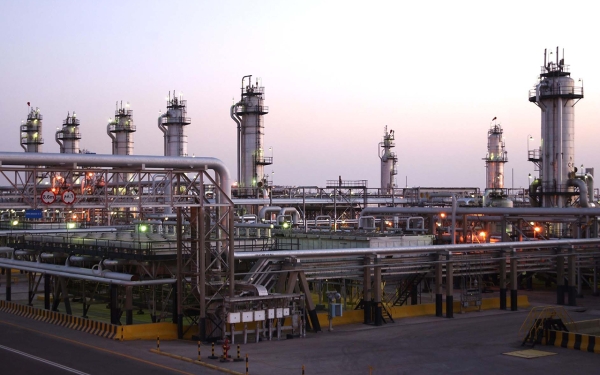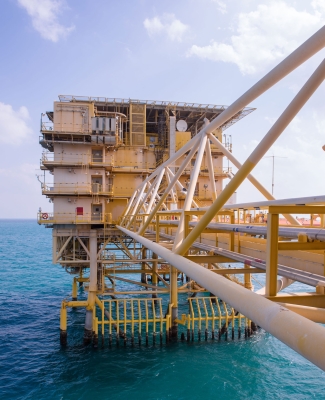

Abqaiq Oil Field is a Saudi Arabian onshore oil field with the largest oil processing facility and the largest crude oil concentration plant in the world. It is the main oil processing center developed by the Saudi Arabian Oil Group (Aramco), and is one of the first oil fields that was discovered in the Kingdom of Saudi Arabia.
Production history of Abqaiq Oil Field
The field is located in the Eastern Province. Oil production began inside the field in the early 1940s, three years after oil flowed for the first time in the Kingdom from Dammam Well No. 7. The field is separated from Dhahran, the headquarters of one of the world's leading and integrated companies in the field of energy and chemicals, Aramco, by forty-eight km. Ghawar Field is located on the western side, and it is the largest conventional oil field in the world.
Oil appeared from the Abqaiq site between the cities of Dhahran and Al-Hofuf, where the first exploratory well was drilled in 1940. However, excavation works were halted due to the repercussions of the Second World War. By 1943, three oil wells were drilled in the field, the first of which was estimated to produce at the time about nine thousand barrels of oil per day. Within eight years after the oil discovery, production in Abqaiq Oil Field surpassed around 140 million barrels per day.
Abqaiq Oil Field plants
The Abqaiq field plants are the focal point between the Kingdom’s oil facilities and fields, as they receive sour crude oil from gas separation plants in the neighboring fields to be processed in the field facilities and converted into sweet crude oil before it is transported to Jubail, Ras Tanura and Yanbu.
Establishment of Abqaiq City
Abqaiq City, the field's hometown, was established after oil was discovered at the site. It was first used as a residence for Aramco employees in 1946, and expanded for sixty years until its population reached 64.6 thousand people in 2022.
Before operating the main gas network in the Kingdom in the early eighties of the twentieth century, one of the former Abqaiq field plants was the first to benefit from the associated natural gas. In 1955, the gas was re-injected after separating it from the oil, with a capacity of 200 million standard cu ft per day, and its liquids were extracted to supply the local markets or for export purposes.
Strategic location of the Abqaiq Field
The Tapline pipeline, the first site marked by the Heritage Commission of the Ministry of Culture, as a national industrial heritage site, cuts through the Abqaiq field. It was operated in the 1950, along a length of 1,648 km to the north, carrying oil between Arab countries, starting from the Eastern Province in the Kingdom, and ending in Sidon, Lebanon. The field was the main processing site to most of the oil transported through the pipeline until it came to a halt in 1990.
The two local east-west crude oil and natural gas pipelines cut through the western side of the field. They extend from Ras Tanura in the east of the Kingdom to the industrial city of Yanbu in the west.
Related quizzes
Related articles

